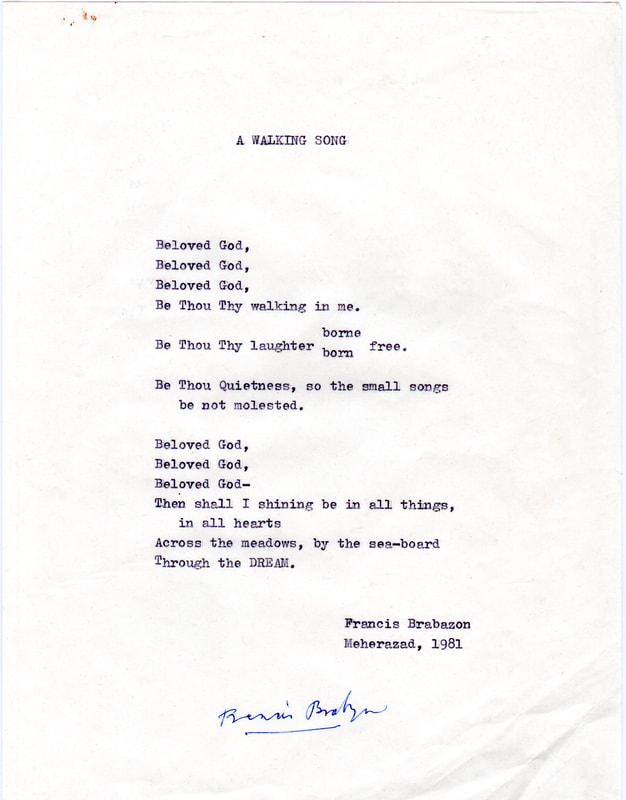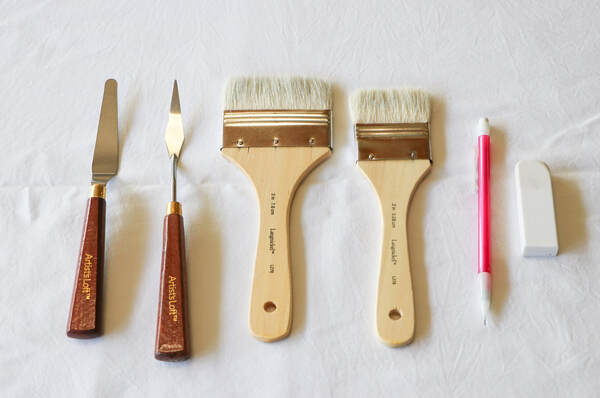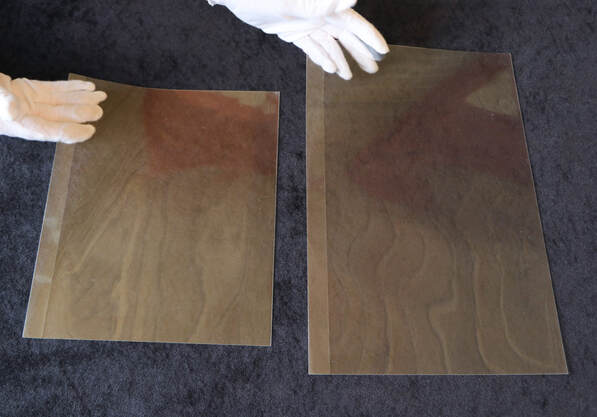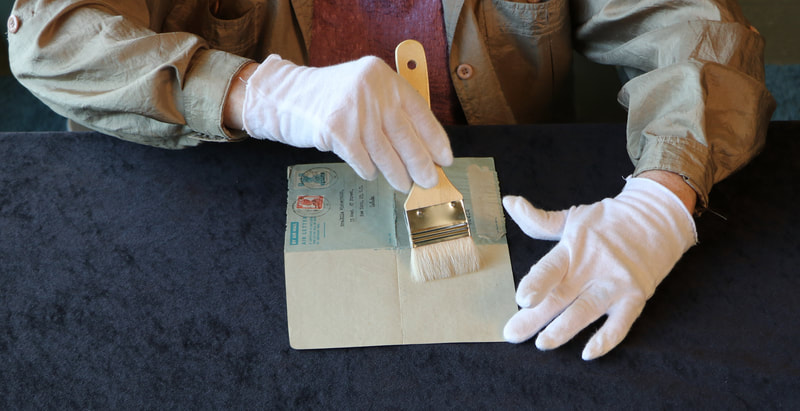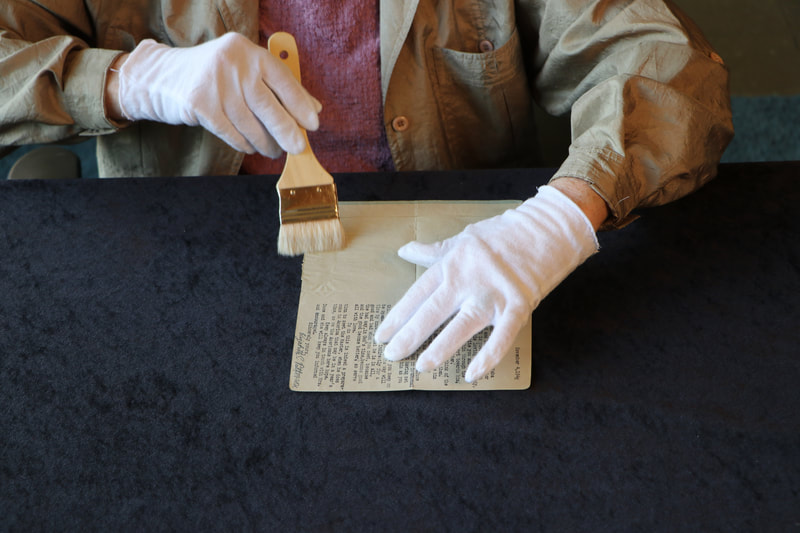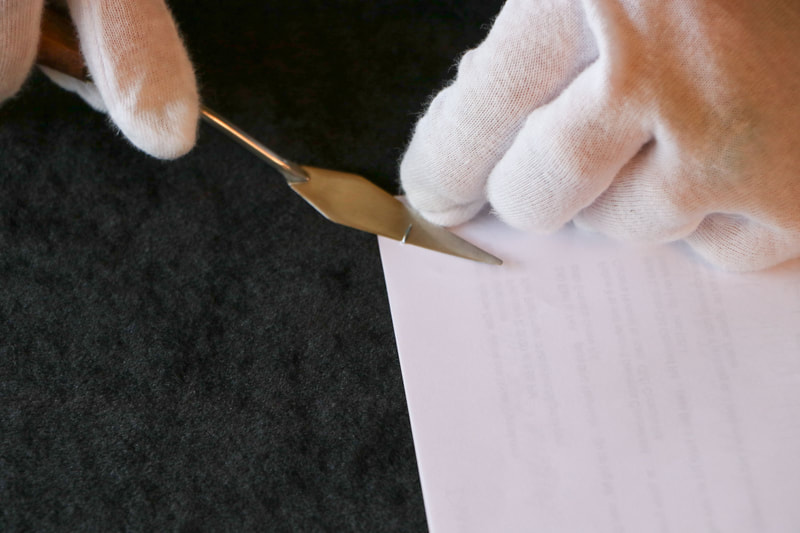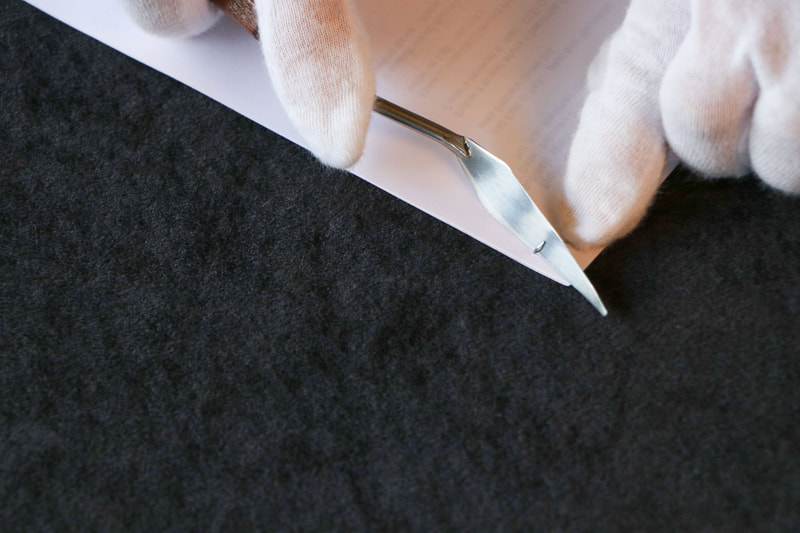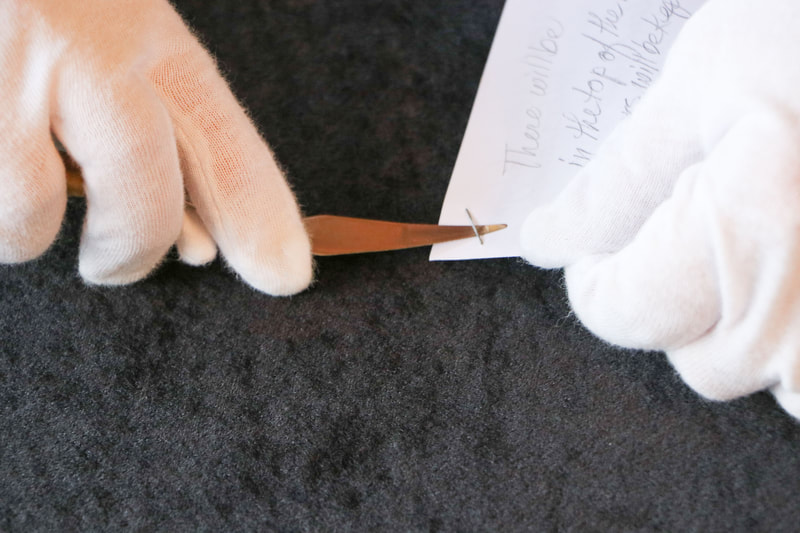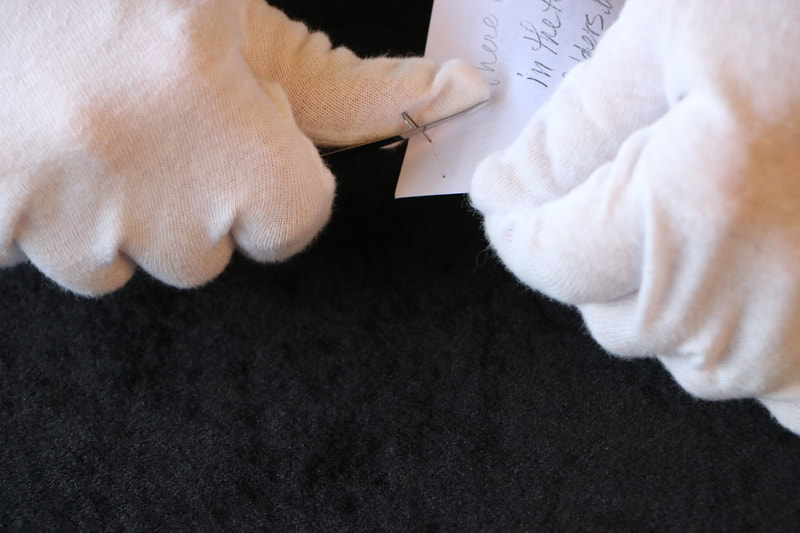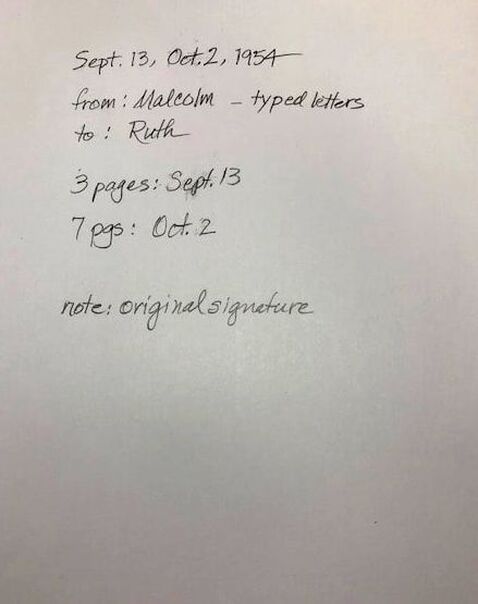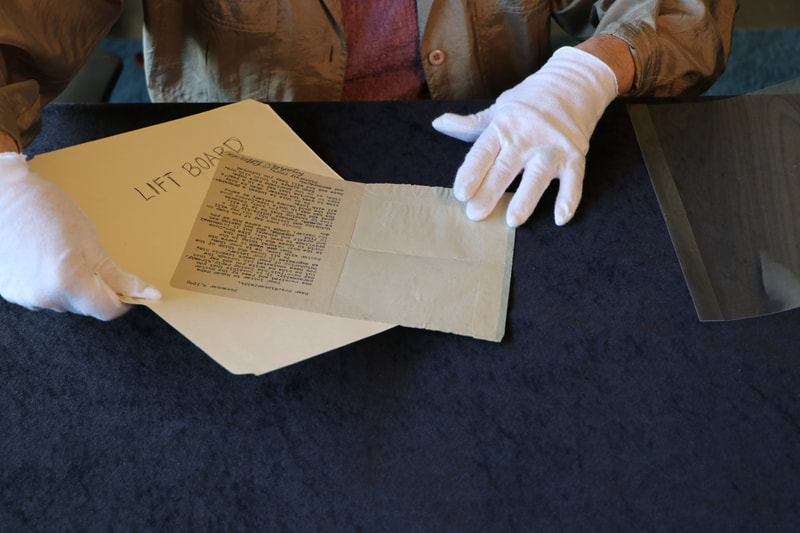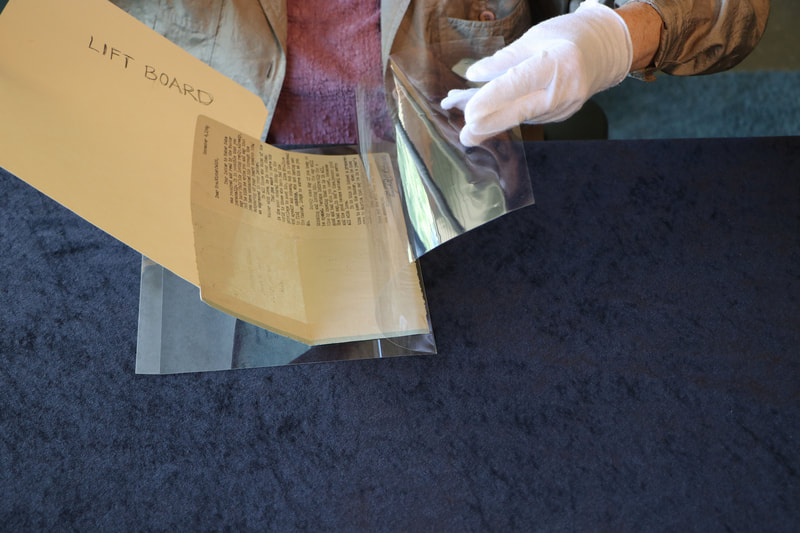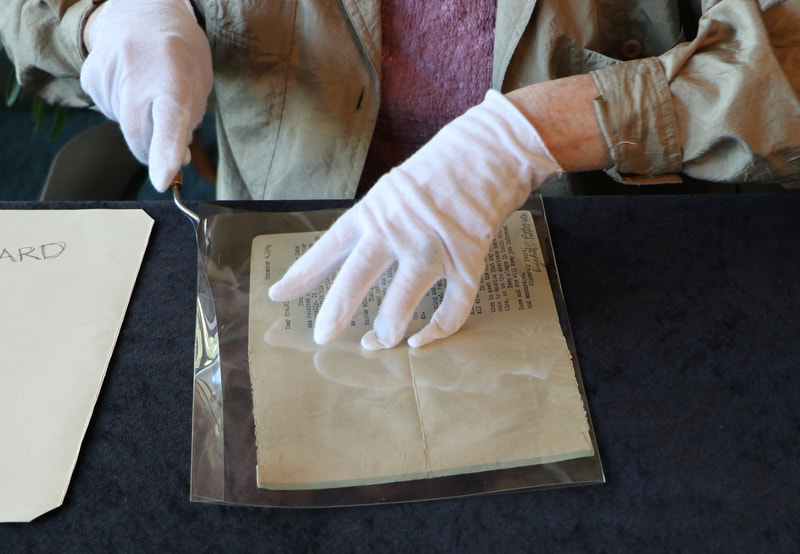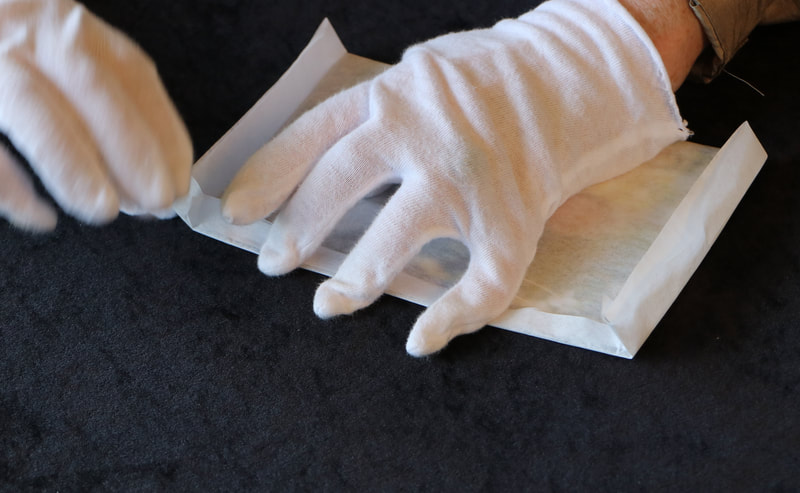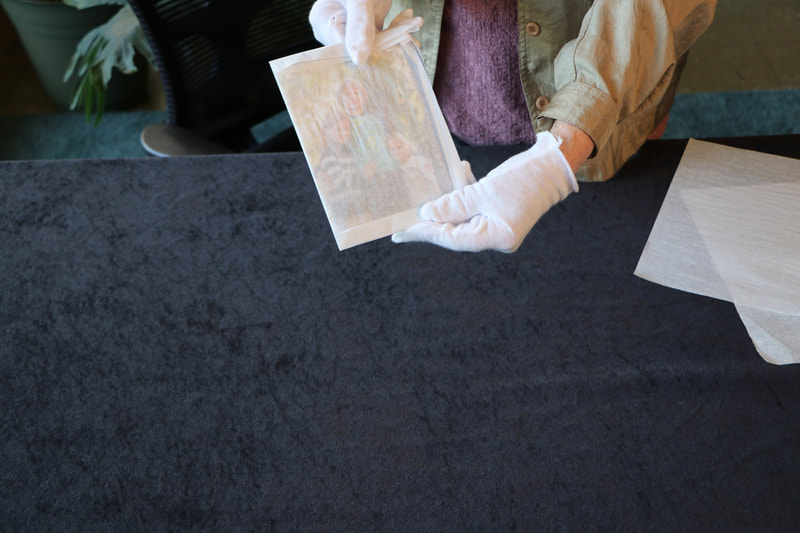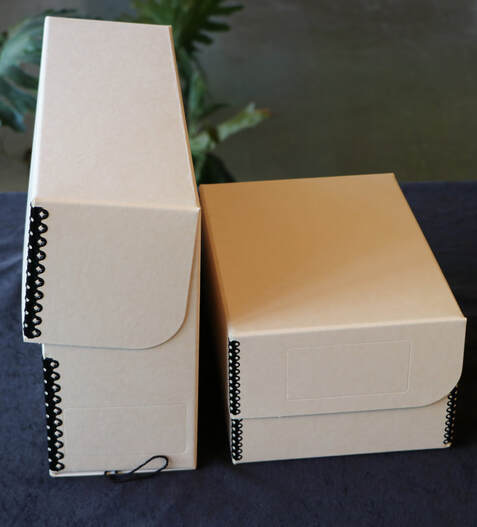Archiving from Home
MAC is delighted to launch an online series designed to instruct and support you
in preserving your Baba treasures at home.
in preserving your Baba treasures at home.
|
Overview with regard to Archiving from Home:
Come up with a plan. Have you considered where you would like your Baba treasures to end up? It’s worth noting that in the case of letters and photos, they can be preserved through scanning, without permanently letting go of them. Consider leaving instructions with your caregivers or estate manager as to the destiny of your valuable possessions; this may be something to include in your will. Organize and label your items. One of our most time-consuming challenges is being given a big box of mixed items without documentation. If you can provide provenance (such as who gave what to whom, and when and where), archiving can happen sooner and more easily, and the benefits will be felt by generations to come. Keep your treasures in a safe, dry place. By using archival, acid-free paper, files, boxes and plastic, the aging of materials will be slowed down. Consider donating your treasures. If you’re not in a position to organize and label items, but you know you want them preserved, talk to MAC's archivists or another Baba archive while you are still able to answer questions about your collection. Are you able to contribute to the preservation of your treasures? If you have the means to contribute to the cost of preservation and upkeep, MAC would be most grateful. Materials, as well as storage systems and facilities are costly; funds to support the long term preservation of Meher Baba’s legacy will always be required. |
Words from MAC's Archives ManagerPreserving a cotton garment |

